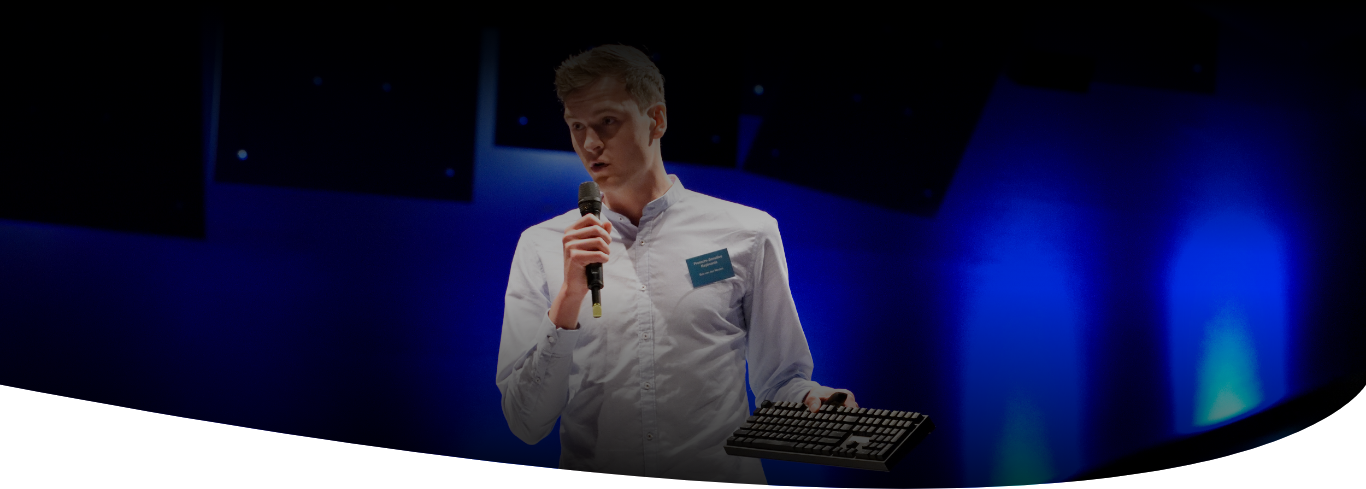Filters
Categories
Clusters
Sustainable Social Housing model(SSHousing)
-Climate change is relating to the energy consumption of the construction industry and building sector has a big role on it.(Global problem for the governments) -Energy bills of the homes and units should be decreased by the auditions and innovative methods throughout their lifecycle.(for home users, owners) -Green technology developers and investors need to increase their marketplace and local projects.(for the predictors/supply chain)
Orange cardboard
A lot of waste is created at the port of Rotterdam, for example orange peels as a result of the production of juice. The second problem which we want to tackle is the lack of cardboard and sustainable produces packaging materials.
BeBetter
When businesses fail there is a loss of knowledge and a loss of function for the materials used. In 2021 there were 250,000 starting businesses in the Netherlands. In that same year 133,000 businesses were forced to close down voluntarily or out of necessity. 50% of starting businesses fail within the first 5 years. Substantial amounts of experience that don't see the light of day. Big numbers of resources which lose its function and are not utilised to there potential.
Hyper
According to the UN, the world must cut carbon emissions by 50% from 2010 by 2030 and achieve net-zero economies by 2050. The 2021 Tracking SDG7 Energy Progress Report states that today's rate of progress is insufficient. The world is not on track to achieve SDG 7. Companies need to adopt a 24/7 Carbon-Free Energy strategy that will help them understand their energy data portfolio to proactively eliminate carobon emissions in the grid. Hyper wants to tackle the proble of reducing corporations' emissions associated with electricity/energy consumtion (Scope 2) to help reach carbon neutrality. Electricity metering data is the new “gold” of the energy transition in terms of being able to run a 24/7 Carbon-Free Energy procurement strategy. However, obtaining access to such data is not easy: expensive investments and high maintenance costs for hardware devices, data interfaces as well as tedious negotiations with electricity suppliers are some of the traditional barriers.

